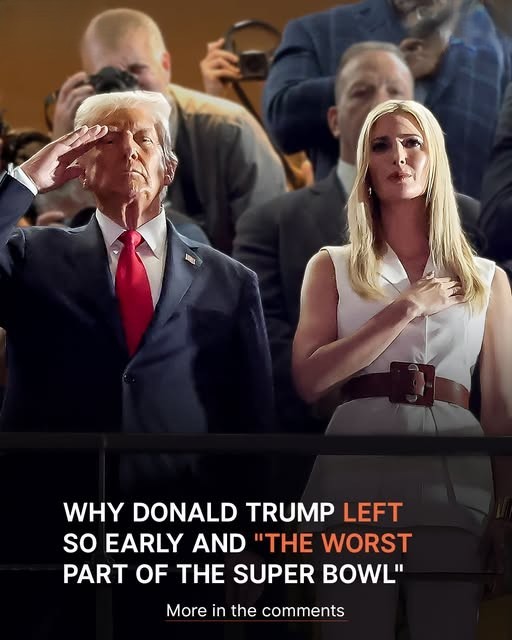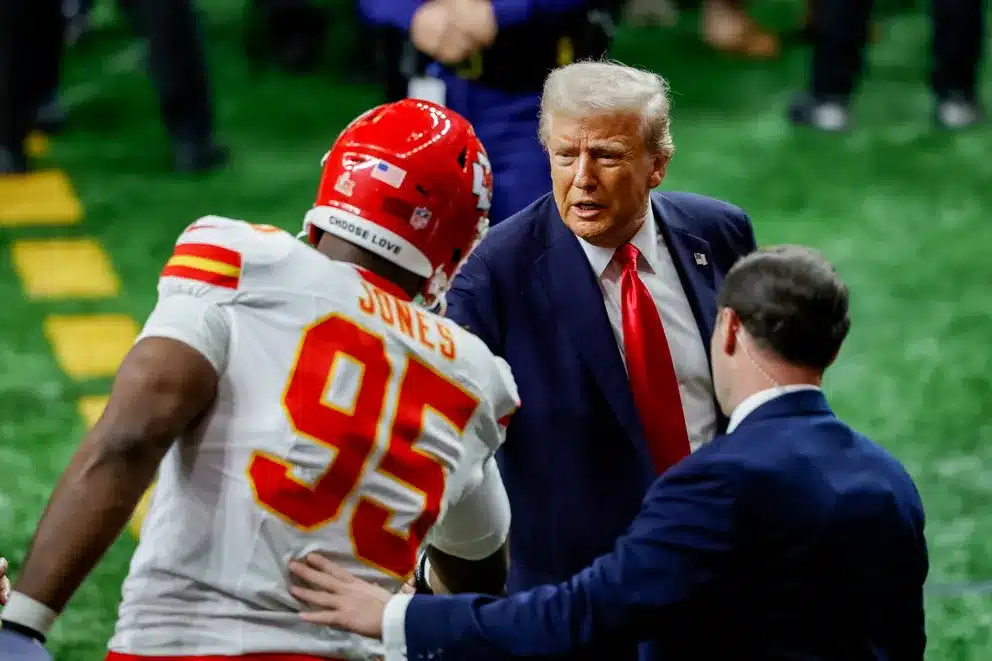Donald Trump made history by becoming the first sitting U.S. president to attend the Super Bowl, but despite the excitement of the event, one aspect left him particularly unimpressed. His departure before the fourth quarter sparked curiosity, and he later shared what stood out as “the worst” part of the experience.

The highly anticipated Super Bowl LIX took place on February 9, 2025, in New Orleans, where the Philadelphia Eagles dominated the Kansas City Chiefs with a decisive 40-22 victory. While the game itself captivated millions, ticket prices also became a major talking point. The cheapest seats started at nearly $3,000, while premium packages went as high as $22,663 just a week before kickoff. Fans watching from home had multiple viewing options, but those in attendance paid a premium for the experience.
Trump’s attendance at the Super Bowl drew significant attention, as he was seen standing for the national anthem alongside New Orleans Saints owner Gayle Benson and his daughter, Ivanka Trump. Despite the historic nature of his presence, his decision to leave before the final quarter fueled speculation and debate on social media. Some users mocked his early exit, pointing out that he had publicly supported the Chiefs, only to leave as they were struggling against the Eagles. Others defended his departure, suggesting it had been planned in advance due to security logistics, as managing an exit for a sitting president at such a large venue is a significant challenge.
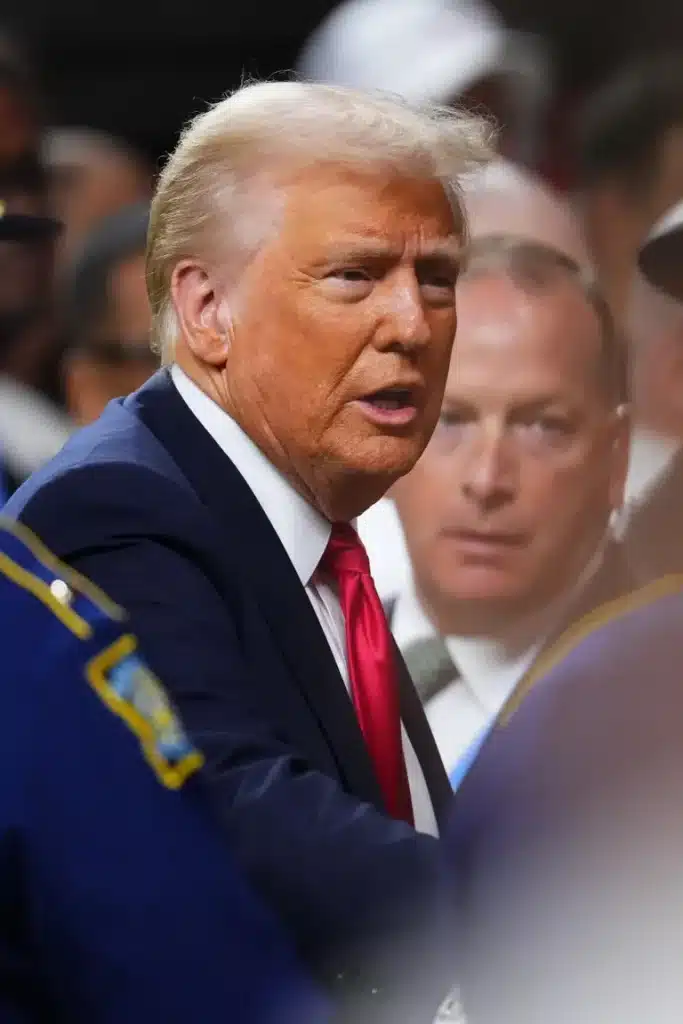
Criticism also arose over the potential taxpayer cost of his attendance, but records showed that his departure time had been scheduled for 8:05 p.m. Central Time, indicating that the early exit was part of a carefully coordinated operation. Presidential security at high-profile events requires extensive planning, often necessitating early departures to minimize logistical disruptions.
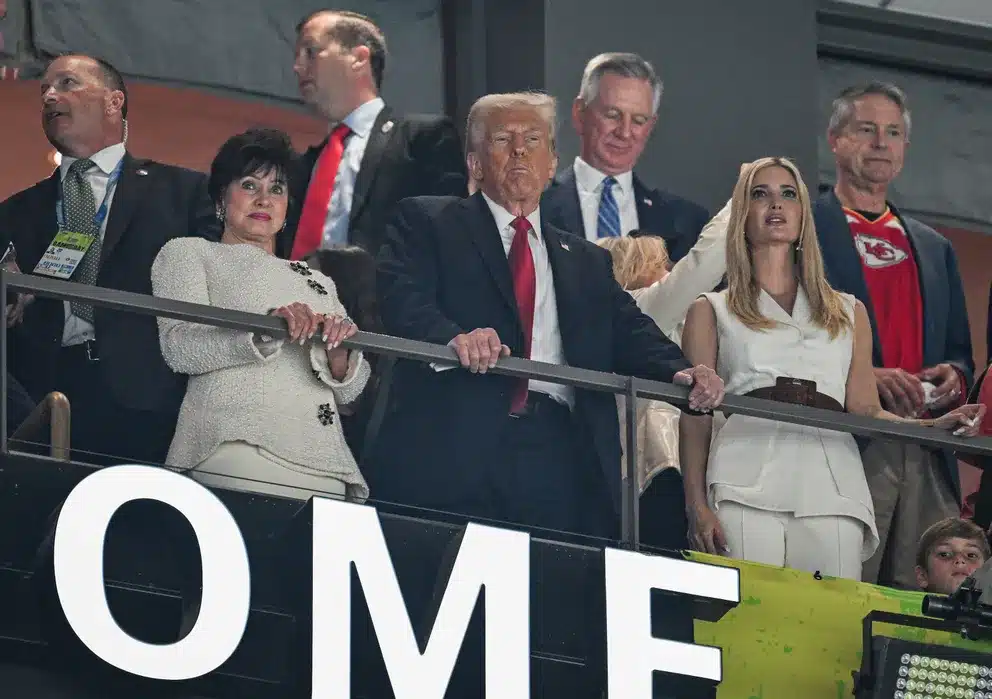
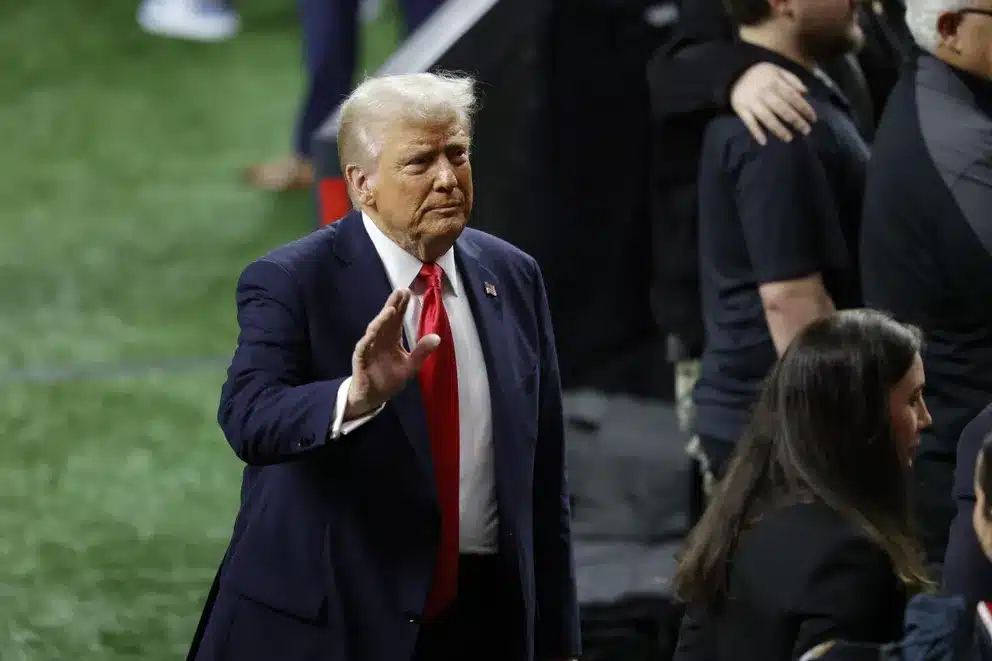
Beyond the game itself, Trump found himself frustrated with a recent NFL rule change. He took to Truth Social to express his dissatisfaction with the league’s new kickoff rules, implemented to enhance player safety by preventing the kicking team from advancing until the ball is caught. The rule aimed to reduce high-impact collisions, but Trump was unimpressed, calling it the “worst part” of the Super Bowl and questioning why the league had chosen to implement it.
While the game and Trump’s attendance sparked debate, the halftime show also generated significant attention. Kendrick Lamar’s performance drew interest, particularly given ongoing speculation surrounding his rumored feud with fellow rapper Drake. Meanwhile, the presence of Taylor Swift at the game led to another wave of controversy. When cameras showed her on the stadium screen, sections of the crowd booed, prompting a reaction from Trump. After the game, he commented on the reception she received, suggesting that his supporters were behind the negative reaction. Swift, who was there to support her boyfriend, Chiefs tight end Travis Kelce, witnessed his team struggle as he finished the night with just four receptions for 39 yards.
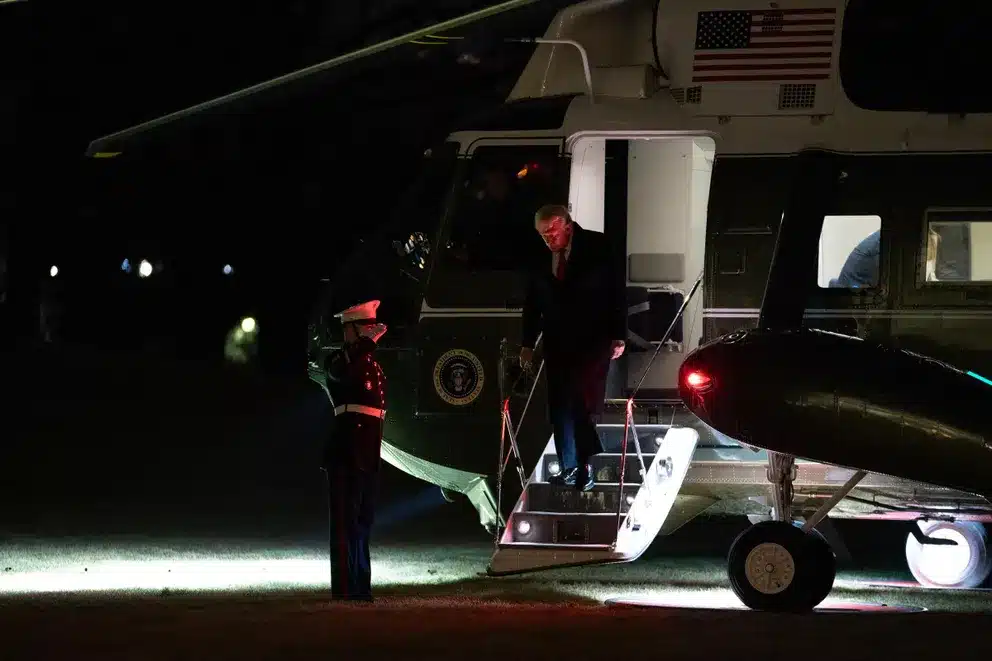
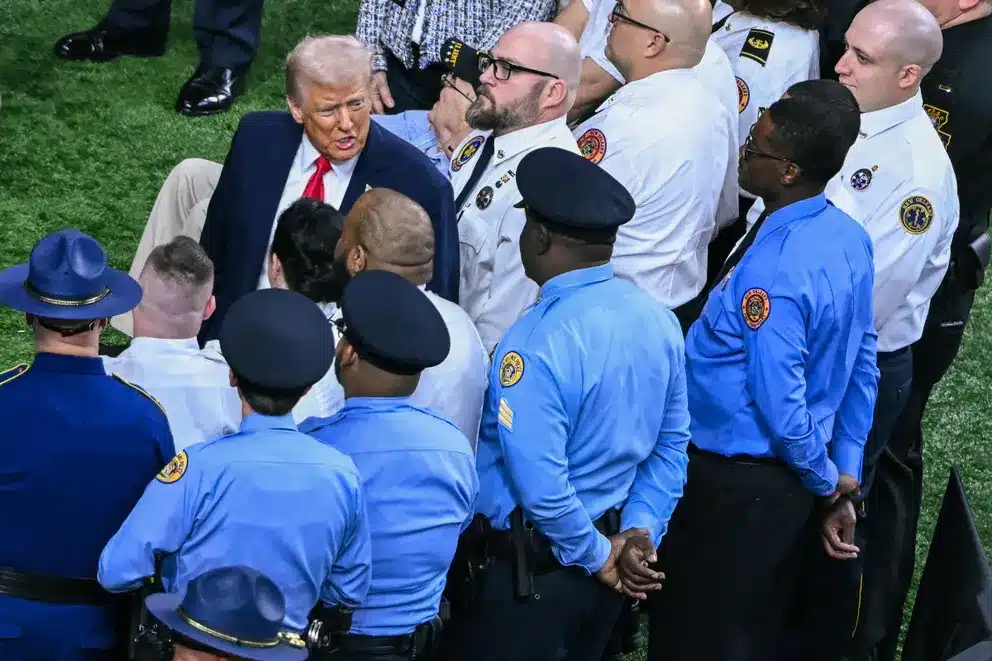
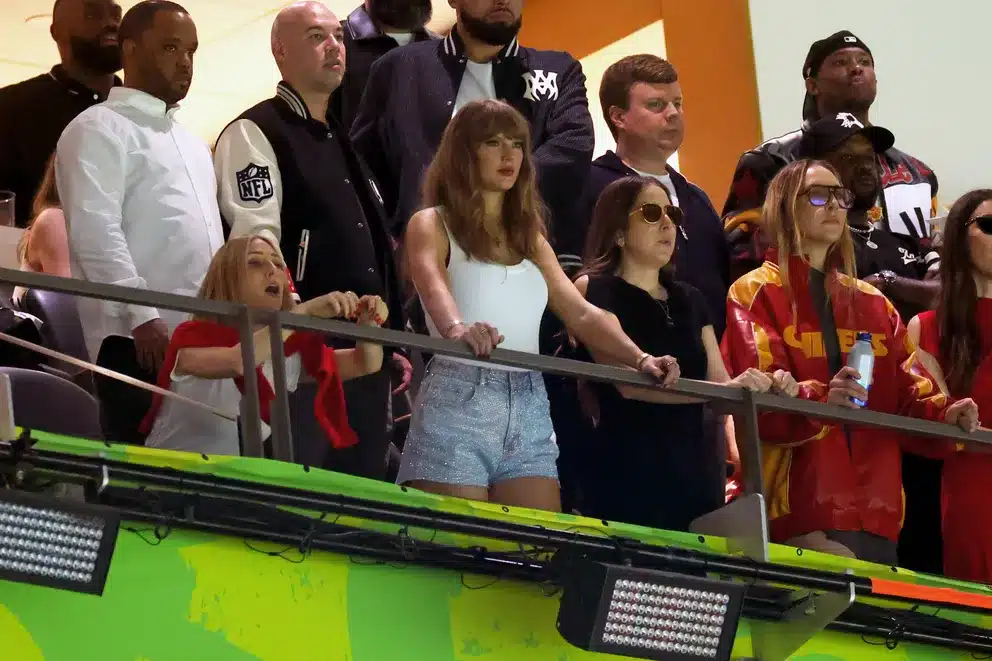
The Eagles’ victory marked their second Super Bowl title and prevented the Chiefs from achieving a historic three-peat. Beyond the game itself, the night became a spectacle of political and cultural drama, with Trump’s presence, Swift’s reception, and Kelce’s on-field performance all contributing to the post-game discourse. As Philadelphia celebrated its championship, conversations about Trump’s attendance, NFL rule changes, and the broader implications of the night ensured that its impact extended well beyond the final whistle.
